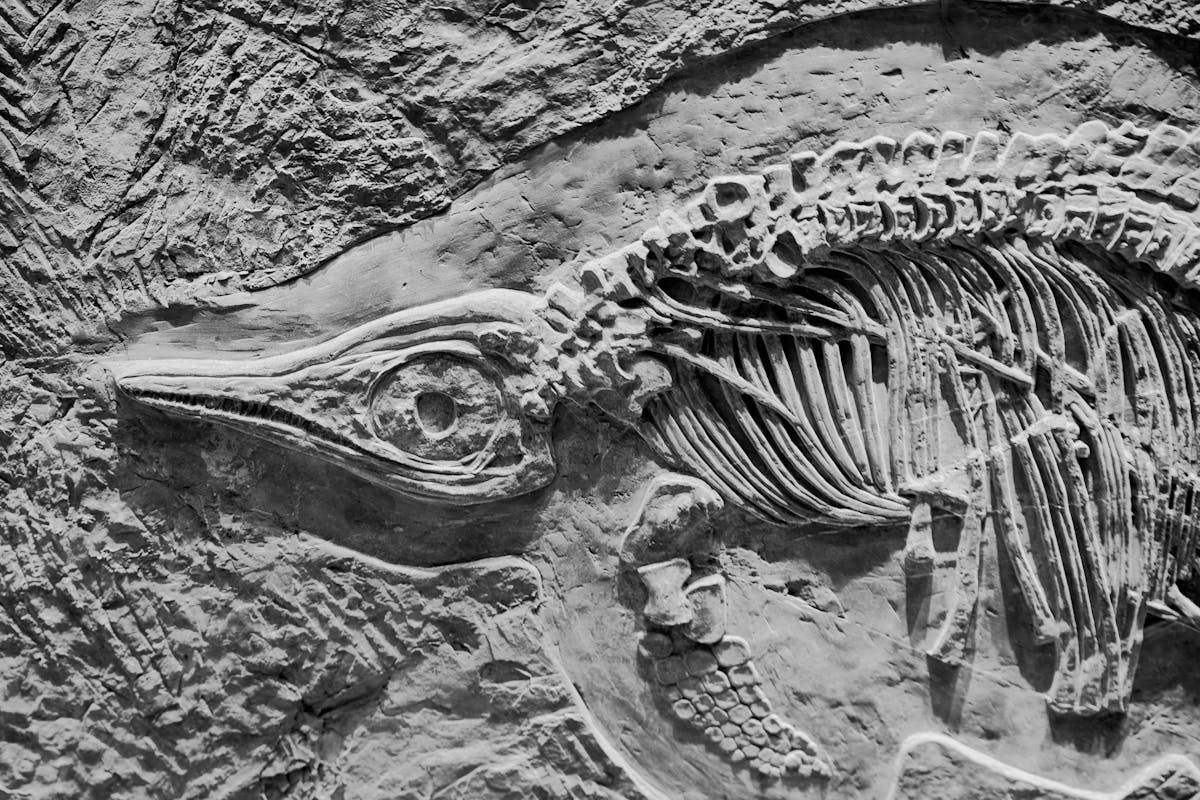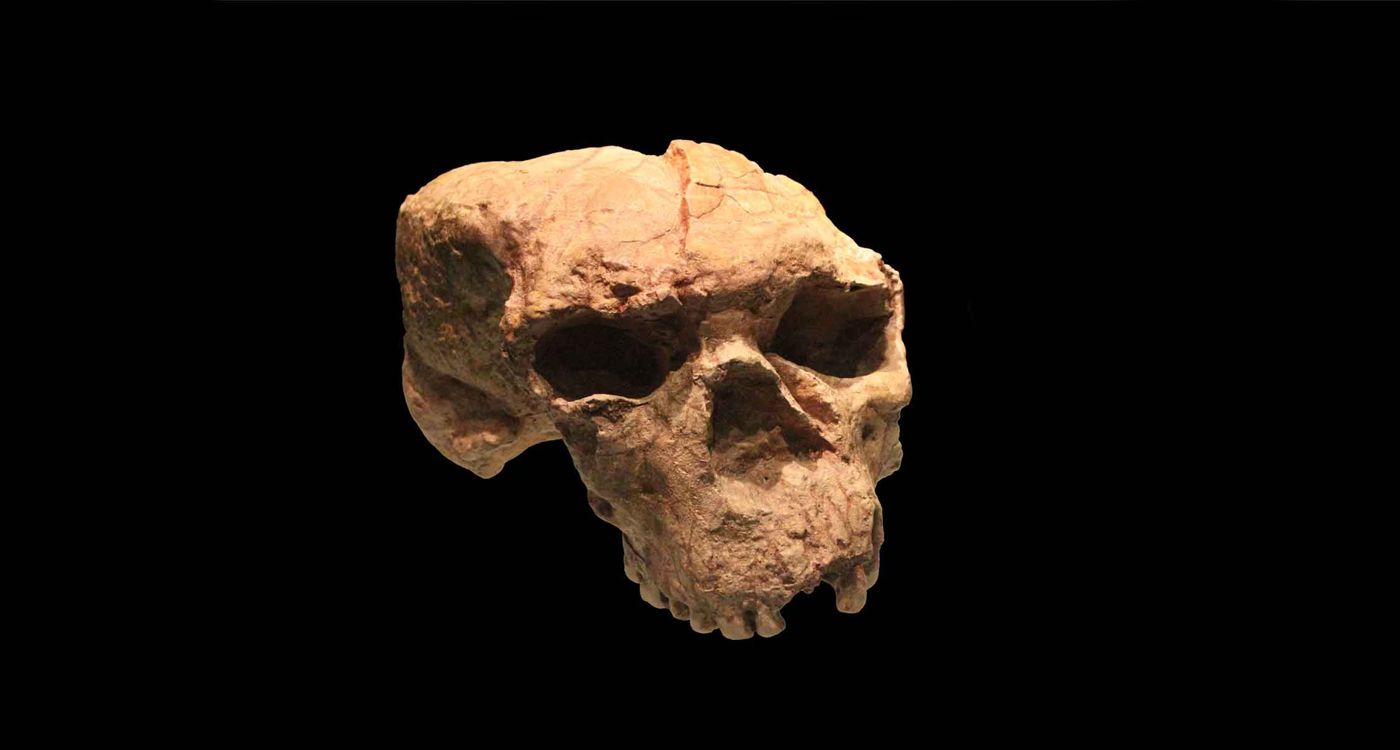A newly discovered quasi-moon has been detected orbiting Earth, offering astronomers a rare glimpse into the complex dynamics of near-Earth objects. This tiny celestial body challenges conventional understanding of our planet’s immediate cosmic environment.
El hallazgo, logrado por un equipo de astrónomos de diversos países, representa un avance importante en la investigación del espacio cercano a la Tierra. A diferencia de las lunas convencionales, que siguen trayectorias estables y prolongadas alrededor de planetas, un cuasi-satélite es un objeto cuya órbita es momentáneamente afectada por la gravedad terrestre. Estos compañeros efímeros pueden orbitar el planeta durante meses o incluso años antes de ser desviados por el Sol u otras fuerzas celestes. El cuasi-satélite recientemente identificado, aunque pequeño, brinda información valiosa sobre dinámica orbital, posibles oportunidades de recursos y estrategias de defensa planetaria.
For decades, scientists have been cataloging asteroids and near-Earth objects to better understand their trajectories and the risks they may pose. However, the detection of a quasi-moon is less common and highlights the dynamic nature of Earth’s gravitational environment. Observing such objects not only deepens scientific knowledge but also encourages public interest in astronomy and space exploration.
Comprehending quasi-moons and their importance
Quasi-moons, sometimes referred to as temporary satellites, occupy a unique category in celestial mechanics. Unlike the Moon, which has a stable orbit spanning billions of years, quasi-moons are loosely bound to Earth and often exhibit complex orbital patterns. These bodies typically originate from the asteroid belt or other parts of the solar system before being captured temporarily by Earth’s gravity.
The newly identified quasi-satellite exhibits numerous attributes common to these transient celestial companions. Scientists observed its diminutive size, uneven form, and peculiar orbit, which varies between nearing our planet and moving further into space. Its fleeting presence intrigues researchers as it highlights the gravitational interactions among Earth, the Moon, and the Sun. Through examining these behaviors, researchers can enhance models for predicting orbital dynamics and gain deeper insights into how minor celestial entities engage with planets throughout time.
While quasi-moons are generally not considered threats to Earth, their presence has practical implications. Some scientists argue that these objects could serve as stepping-stones for future space exploration, potentially offering sites for scientific study or resource extraction. Others view them as natural laboratories for testing orbital prediction methods, refining spacecraft navigation, or preparing for asteroid deflection strategies.
How the finding occurred
The recently identified quasi-moon was discovered with the help of ground-based telescopes and space surveillance technologies. Researchers utilized sophisticated imaging methods and accurate trajectory algorithms to differentiate the object from the numerous nearby asteroids. Due to its size, which is thought to be merely several dozen meters across, meticulous monitoring was necessary to verify its short-term orbit around Earth.
The finding highlights the growing complexity of astronomical observation techniques. The capability to recognize tiny, swiftly-moving entities close to Earth shows progress in both equipment and simulation technology. Through the integration of detailed imaging and foresight algorithms, researchers can now detect fleeting satellites that would have been overlooked merely ten years back. This achievement emphasizes the need for ongoing support of programs dedicated to tracking objects near Earth.
Alongside advancements in technology, this discovery also depended on global teamwork. Observatories from various continents worked together, exchanging data and perfecting calculations to verify the object’s path. This cooperative effort highlights the worldwide aspect of contemporary astronomy, where breakthroughs frequently rely on alliances among scientists and organizations collaborating.
Implications for planetary science and space exploration
The discovery of a quasi-moon close to Earth has significance for both basic science and practical uses. For researchers focused on planets, it presents an uncommon chance to examine a natural object nearby, offering understanding of its makeup, brightness, and movement in space. Analyzing these celestial entities can uncover information about the development and transformation of small celestial bodies, along with their relationships with bigger planetary systems.
From a space exploration perspective, quasi-moons present potential targets for missions that would be logistically simpler than traveling to distant asteroids. Their proximity to Earth means that spacecraft could reach them with lower fuel requirements, test technologies for asteroid mining, or gather samples that might inform broader questions about solar system history. The temporary nature of these moons, however, requires precise timing for mission planning, emphasizing the need for continued observation and predictive modeling.
Furthermore, temporary satellites aid in comprehending the threats linked with objects near Earth. While the majority are minor and unlikely to inflict major harm if they were to penetrate Earth’s atmosphere, analyzing their trajectories can enhance the accuracy of risk evaluation models. Understanding the way gravitational forces capture and liberate these bodies assists astronomers in forecasting possible dangers from future asteroids and comets that could intersect Earth’s path.
Public fascination and educational opportunities
The notion of uncovering a quasi-moon naturally intrigues the public. Unlike remote planets or distant galaxies, these celestial bodies inhabit a part of space that feels near and reachable. The concept that Earth momentarily accommodates small satellites ignites interest and offers educators an effective way to captivate students in astronomy and physics.
Comunicadores científicos han subrayado la oportunidad de ilustrar conceptos como la gravedad, la mecánica orbital y la naturaleza dinámica del sistema solar a través de ejemplos como los cuasi-satélites. Al presentar estos descubrimientos de manera comprensible, los científicos pueden motivar a las generaciones futuras de astrónomos e ingenieros. El interés del público también respalda la financiación y el apoyo a la investigación espacial, destacando los beneficios sociales más amplios de la exploración científica.
The fascination with quasi-moons is not purely academic. Media coverage and public engagement help contextualize human exploration of space and the potential for technological innovation. Stories about these temporary satellites provide a bridge between complex scientific research and the general audience, making space science more relatable and exciting.
Monitoring and future research
Astronomers intend to keep observing this recently identified quasi-moon in the upcoming months to study its path, rotation patterns, and eventual break from Earth’s gravity. Ongoing surveillance will enhance the understanding of quasi-moon characteristics and aid in expanding knowledge of areas near Earth.
Future research may also explore the physical characteristics of quasi-moons in more detail. Instruments such as spectrometers could analyze surface composition, helping scientists determine whether these objects share similarities with other near-Earth asteroids or possess unique properties. This knowledge could inform future missions and potentially identify objects suitable for scientific or commercial purposes.
The finding highlights the significance of remaining watchful in observing the near-Earth surroundings. With advancements in technology, it is probable that astronomers will identify more temporary companions, contributing to a deeper comprehension of Earth’s position in the solar system. Every new object acts as an example in gravitational dynamics, supplying information that might impact core science as well as real-world uses, such as strategies for planetary defense.
The discovery of an unrecognized quasi-moon rotating around Earth emphasizes the intricate and active nature of our galactic vicinity. These transient moons offer distinct chances to examine orbital dynamics, captivate the public’s interest in space, and investigate potential uses for space exploration missions. Despite their modest dimensions, they hold considerable scientific importance, imparting insights about gravitational forces, objects close to Earth, and the continually shifting interactions among celestial entities.
As scientists keep an eye on this recent finding, it reminds us that our planet’s surroundings go beyond what we can see in the sky. Even small, short-lived neighbors can shed light on our knowledge of the solar system, linking observation, experimentation, and discovery. The continuous research on quasi-satellites highlights the diversity of space close to Earth and the lasting importance of curiosity-driven exploration.



